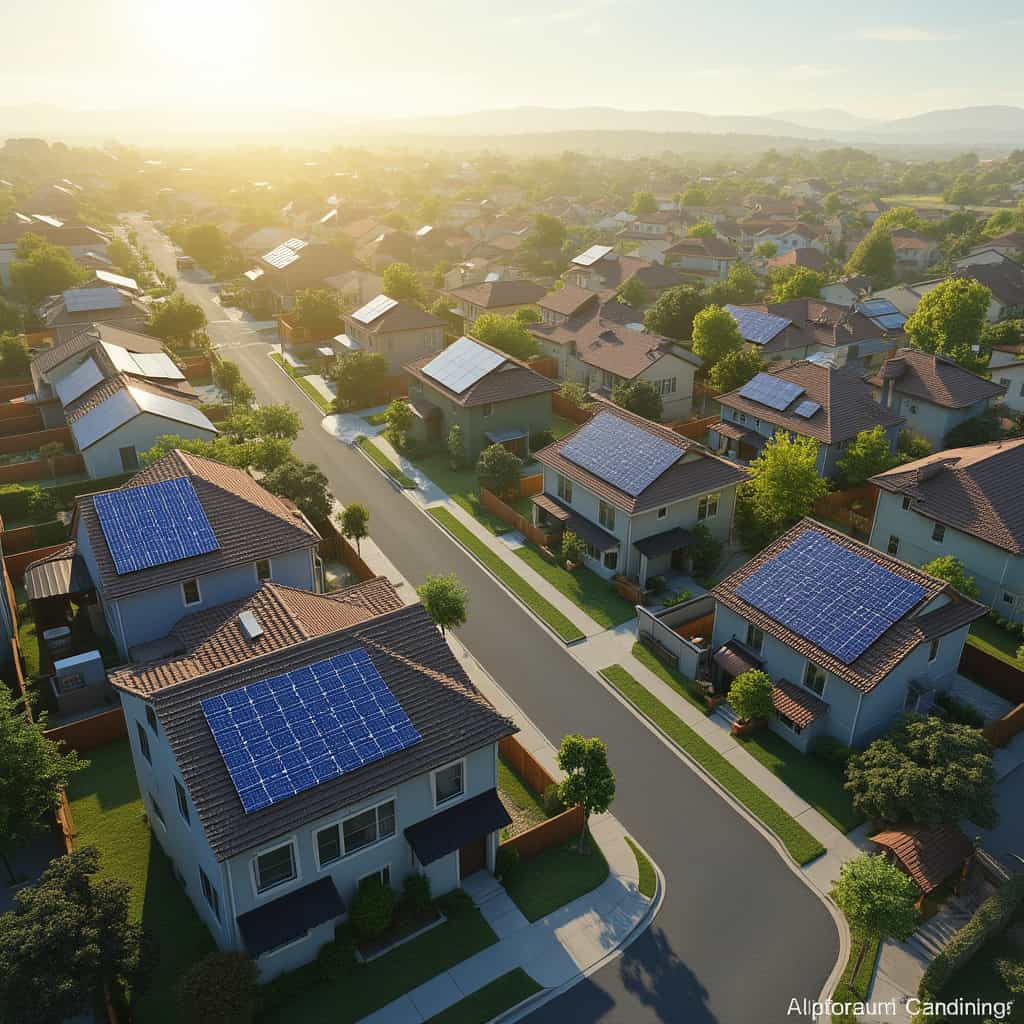In recent years, the drive towards sustainable energy solutions has accelerated, with solar power leading the charge as one of the most promising renewable energy sources. At the heart of this transformation lie photovoltaic (PV) panels, converting sunlight directly into electricity. As the world grapples with climate change, the importance of adopting cleaner energy methods has never been more crucial.
The core technology behind solar energy, photovoltaic panels harness the power of the sun through semiconductor materials, typically silicon, that generate direct current electricity when exposed to sunlight. Over the years, the efficiency and affordability of solar panels have drastically improved, making them a viable option for homeowners, businesses, and communities worldwide.
One of the major advantages of photovoltaic panels is their ability to significantly reduce electricity bills. Depending on the size of the installation and the amount of sunlight in an area, solar panels can cover a substantial portion, if not all, of one’s electricity needs. Moreover, in many regions, excess energy can be sold back to the grid, providing an additional source of income.
However, the transition to solar energy is not without its challenges. The most common concerns include the initial installation cost, potential environmental impacts, and the need for regular maintenance. Historically, the high upfront cost has been a barrier, but recent technological advancements and government incentives have made solar more accessible.
To elaborate on costs, the price of installing solar panels can vary widely based on geographical location, local incentives, and installation size. In the United States, for example, the average cost is about $2.50 to $3.50 per watt, leading to a total installation cost of approximately $10,000 to $30,000 for a typical residential array. In comparison, countries with higher solar incentives, like Germany, might experience lower net costs despite similar initial investment.
It is noteworthy to mention that economic disparities influence solar affordability. For instance, while California boasts one of the most mature solar markets in the U.S. with various incentives such as the Federal Solar Tax Credit, other states without such supportive policies might see fewer installations. In contrast, developing countries, though often abundant in sunlight, might struggle with the initial financial burden, despite international support programs.
Several companies offer competitive proposals for solar installations, tailoring products to specific needs while emphasizing affordability and efficiency. Tesla’s solar roof is a noteworthy innovation, integrating solar technology within roof tiles. While initially more expensive, the long-term energy savings and aesthetic appeal make it an intriguing option. SunPower, renowned for high-efficiency panels, offers robust warranties and exceptional customer service, making them a popular choice in the premium market segment.
Meanwhile, budget-conscious consumers might gravitate towards companies like Canadian Solar or JinkoSolar, notable for providing reliable yet cost-effective solar solutions. These companies have focused on delivering high-quality panels at competitive prices, appealing to a broad consumer base. Experts suggest that while opting for less expensive panels might seem prudent, one should always consider product longevity and warranty conditions.
Further complicating the decision-making process are the environmental considerations tied to solar panel production and disposal. The manufacturing process involves mining silicon, often raising concerns about environmental degradation and carbon emissions. Furthermore, the end-of-life disposal presents another challenge, as recycling infrastructure for solar panels remains underdeveloped in many parts of the world.
Despite these challenges, the global solar market is poised for exponential growth. Policymakers and scientists continue to advocate for increased investment in solar technology, emphasizing its potential to mitigate carbon emissions significantly. Recent research predicts that by 2050, solar power could become the dominant energy source globally, underscoring its critical role in combating climate change.
You may also like
The Green Revolution: Cost, Options and Advantages of Charging Stations
As the world pivots towards greener energy solutions, charging stations for electric vehicles (EVs) are at the forefront of this transformation. This article explores the advantages and challenges associated with green energy charging stations, analyzing different proposals, cost implications, and geographical variations in order to provide the most affordable and efficient choices for consumers.
Wireless Internet Subscriptions: Potential pitfalls and pricing plans from various providers
As the demand for seamless internet connectivity continues to rise, consumers are faced with a plethora of wireless internet subscription options. This article delves into the intricate world of wireless internet, discussing the advantages, potential pitfalls, and pricing plans from various providers. From urban to rural areas, we analyze the geographic discrepancies in fixed costs and highlight the most competitive offers available.
The World of Fiber Internet: Understanding the options, costs, and benefits
As fiber internet becomes increasingly essential for both personal and professional connectivity, understanding the options, costs, and benefits available is pivotal for consumers. This article delves deep into the complexities of fiber internet subscriptions, providing a detailed comparison of providers, geographical pricing disparities, and expert insights.
Landline Phone Subscriptions: Comparative analysis to help consumers find the best deals
In an era dominated by mobile communication, landline phone subscriptions retain their relevance for many, particularly in rural areas and for specific business needs. This article delves into the offerings, costs, and benefits of various landline phone services, providing a comparative analysis to help consumers find the best deals.
Private Mobile Phone Subscriptions: Proposals, Costs and Advantages
This article delves into the complexities of choosing a private mobile phone subscription, highlighting costs, options, and advantages. It provides a comparative analysis of various proposals, focusing on the most cost-effective plans globally and the intricate dynamics between contract and prepaid options.
